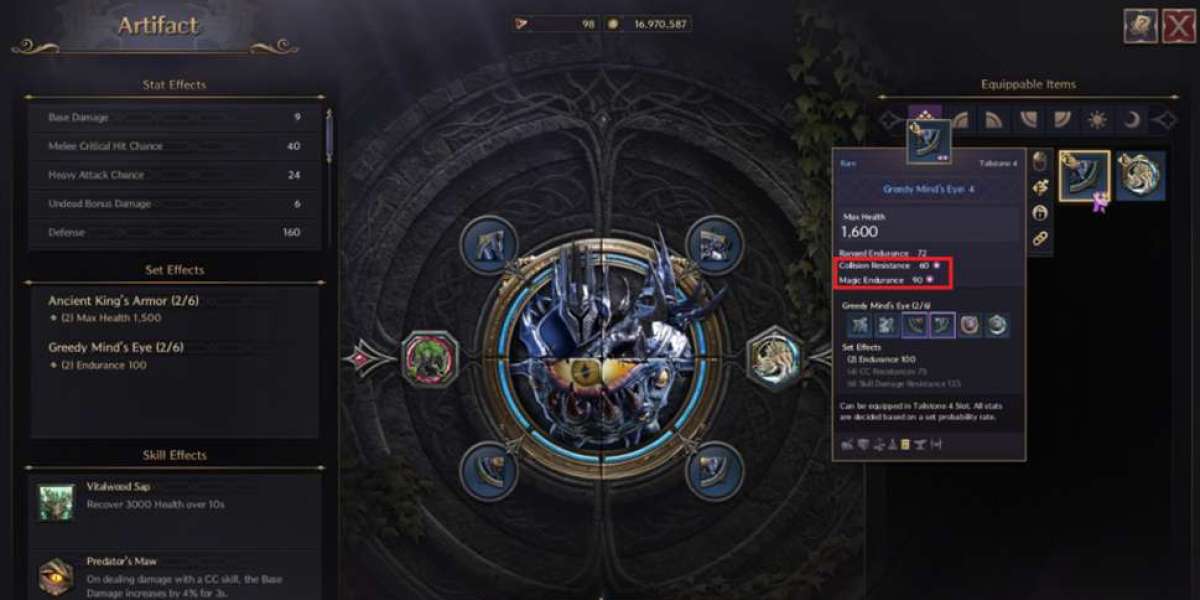It is anticipated that the global market for combat robotic kits will be valued at US$ 179.1 million in 2023 and grow at a compound annual growth rate (CAGR) of 10.4% to reach US$ 481.6 million by the end of 2033.
What Are Combat Robotic Kits—and Why the Hype?
Combat robotic kits are modular sets of components such as chassis, motors, batteries, armor plates, and drive systems. These kits allow users to build robots capable of engaging in battles in specially designed arenas. Popular categories include wedge bots, spinners, and drumbots, all competing to disable or outmaneuver opponents. These kits have gained popularity for offering a unique mix of creativity, competition, and learning, especially among students and hobbyists.
The surge in combat robotic interest can be attributed to growing participation in university-level tournaments and local leagues. North America and Europe have become primary hubs for these activities, thanks to strong educational support and widespread access to technical resources. Combat robotics events are often hosted by academic institutions, tech clubs, and televised competitions, which further amplify interest and market demand.
A Sports-Robotics Parallel
Combat robotics is part of a larger movement where robotics and sports intersect. As investments in robotics have surpassed hundreds of billions globally, the interest in accessible robotic entertainment has grown. Combat robotic kits serve as an entry point into this world, attracting young minds into STEM fields while offering them the thrill of competition.
Thanks to advancements in kit designs, many enthusiasts now find it easier to enter the field without prior engineering knowledge. Kits with plug-and-play modules, detailed instructions, and strong online communities have reduced the learning curve. This has led to a broad base of participants ranging from school students to seasoned engineers.
Growth By the Numbers
From 2018 to 2022, the combat robotic kits market grew at a CAGR of 7.1%. With the current growth trajectory, the market is expected to continue expanding at 10.4% CAGR through 2033. In 2023, North America led the global market with a 36.3% share, valued at approximately USD 64.9 million. Europe followed with a 28.1% share, contributing nearly USD 50.4 million to the global market. These two regions benefit from well-established educational frameworks and a culture of innovation.
Asia-Pacific, particularly East Asia and Oceania, is emerging as a new frontier for market expansion. With rising interest from China, Japan, and South Korea, along with supportive government policies for technology education, the region is poised for future growth.
Who’s Building These Bots?
The professional user segment dominates the combat robotic kits market. These users often build advanced robots featuring reinforced frames, high-torque motors, precision control systems, and sometimes even AI-based features. Such users typically participate in high-stakes competitions and invest in robust kits with advanced weapon systems.
Among various robot types, wedge bots are the most popular, holding a 25.7% market share. Their simple yet effective design makes them a favorite among beginners and pros alike. Spinners and drumbots are also gaining popularity for their offensive capabilities and unique engineering challenges.
Challenges on the Road to Combat
Despite impressive growth, the combat robotic kits market faces some hurdles. High costs associated with components, especially motors and armor materials, can deter new entrants. Many hobbyists may opt for pre-built robots instead of fully customizable kits due to the complexity and cost of customization.
Regulatory issues also present challenges. Combat robotics involves mechanical force, which can pose safety risks if not handled properly. Event organizers must implement strict guidelines around permissible materials, weight limits, and weapon types to ensure safety and fair competition. These rules, while necessary, can add complexity to the design and participation process.
Another challenge is the competition from off-the-shelf systems. Some users prefer purchasing ready-made robots that offer reliable performance, avoiding the learning curve and time investment of building from scratch.
Cutting‑Edge Innovation
Innovation continues to play a key role in market development. Leading manufacturers have introduced modular kits that allow for rapid customization and part swapping. Companies such as AdvanceTech, SparkFun, and Mikroelektronika offer versatile kits compatible with a wide range of sensors, controllers, and accessories.
Smart integration is another trend. Builders now incorporate sensors, cameras, and microcontrollers into their designs. This enables features like remote control, real-time diagnostics, and even basic forms of autonomous behavior. AI is gradually finding its place in combat robotics, allowing bots to make decisions during matches.
Localized production is also gaining momentum. Some manufacturers are entering regional partnerships to reduce delivery times and production costs, especially in emerging markets. This strategy not only makes the kits more accessible but also helps manufacturers build stronger community ties.
Combating Expenses and Customization
To overcome cost and complexity issues, manufacturers are focusing on advanced yet affordable materials. Composite and ceramic components enhance durability while keeping costs in check. Modular designs are being developed for quick assembly and repair, improving the user experience and lowering long-term costs.
Sensor integration is also improving. Wireless temperature, vibration, and current sensors can now monitor robot health, helping users perform preventive maintenance. These features, once seen only in industrial machines, are now part of consumer-level combat kits.
Manufacturers are also adopting environmentally friendly practices, including recyclable packaging and responsibly sourced components. As awareness about sustainability increases, these practices are likely to become industry standards.
The Road Ahead
The future of the combat robotic kits market looks promising. With projections placing its value at USD 481.6 million by 2033, it’s clear that this niche hobby is turning into a global trend. North America and Europe will likely maintain leadership positions, but rapid development is expected across Asia, Latin America, and the Middle East.
Key growth drivers include educational initiatives that integrate robotics into school and college curricula, especially in STEM fields. Hybrid competition formats that blend sport and tech demonstrations are gaining popularity, attracting corporate sponsorship and media coverage.
AI and autonomy will play a bigger role in the coming years. Robots with built-in intelligence will open new competitive possibilities, changing how builders strategize and compete. Customization ecosystems are also expanding, with third-party developers offering everything from chassis parts to specialized software.
What Builders Should Keep in Mind
Aspiring builders should keep a few things in mind. Budgeting is critical—what starts as an affordable hobby can quickly become costly with upgrades and replacements. Understanding competition rules is also important, as every event may have unique guidelines regarding weight, weapon types, and materials.
Testing is essential. Always run trial matches in safe environments to identify design flaws or safety issues. Connecting with local clubs and online communities can offer invaluable support, troubleshooting tips, and upgrade ideas.
Choosing modular kits can save time and money in the long run. These kits offer flexibility and scalability, allowing users to update or rebuild without starting from scratch.








